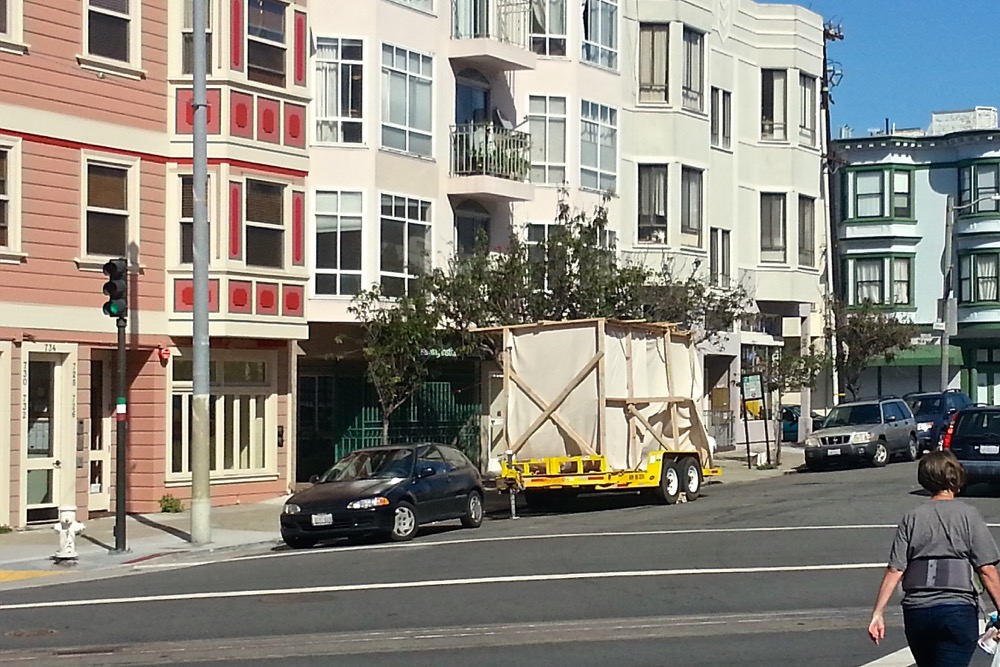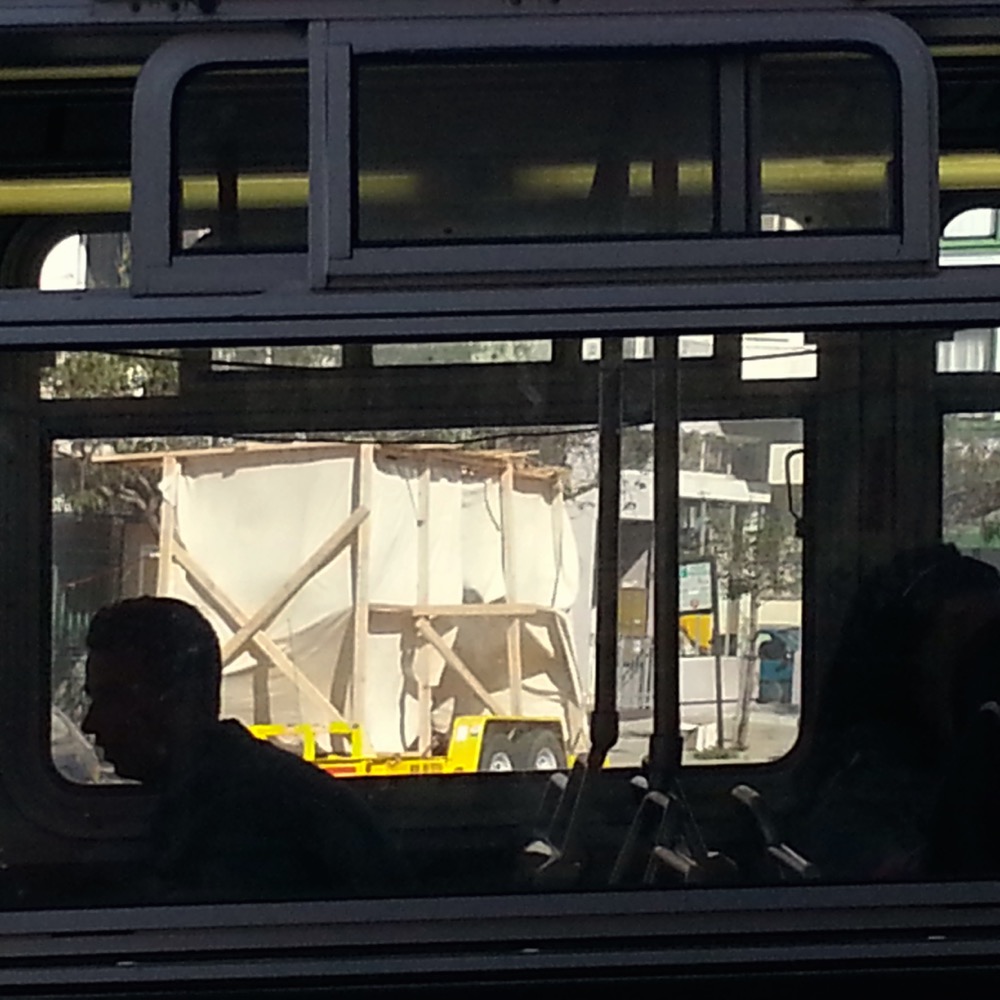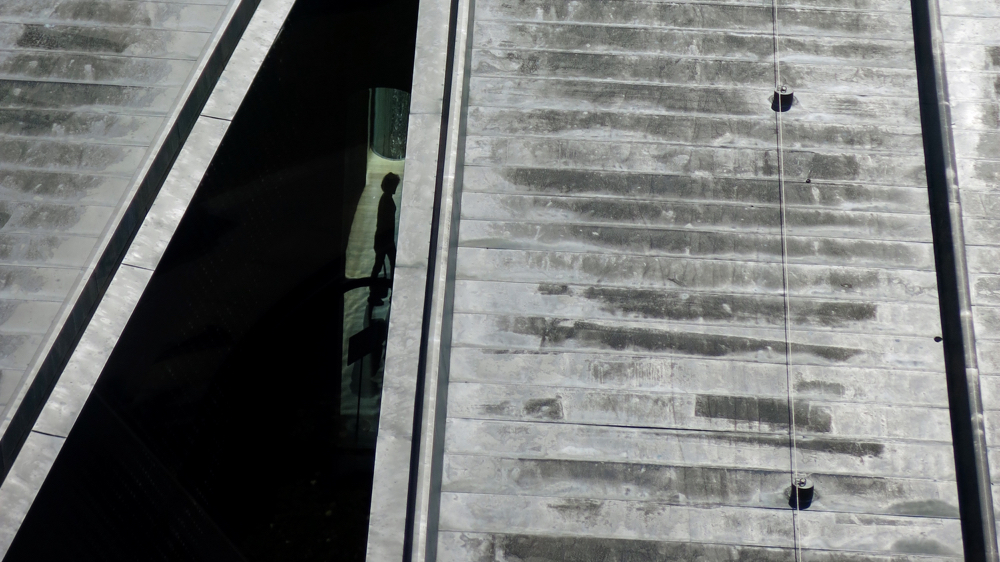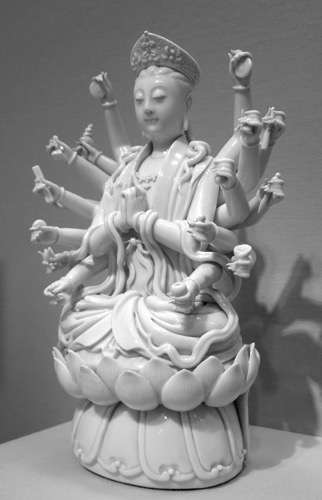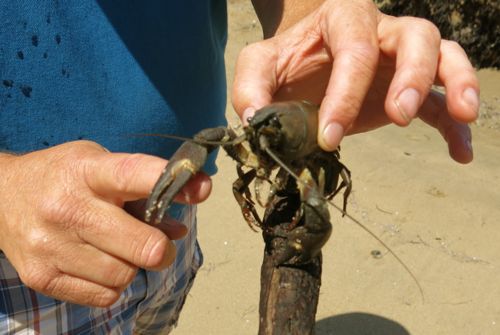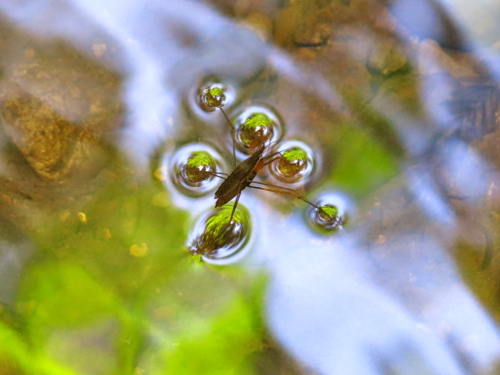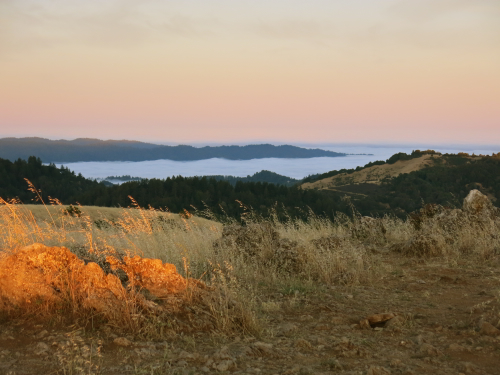I’ve been compiling a list of religious organizations mostly in Silicon Valley, from San Jose to San Francisco. The middle school class of our congregation visits other faith communities, and this list is designed to be used as a resource to help the class find places to visit.
Even though I was familiar with the work of Harvard’s Pluralism Project, even though I expected a wide diversity of religious traditions, I was still astonished at the religious diversity I found: there are hundreds of faith communities, ranging from Anabaptists to Zoroastrians, within an hour’s drive of our congregation.
Most of the research I did was online. It proved difficult to research some faith communities online, as quite a few do not have Web sites, or they have Web sites that are so outdated you don’t trust them. Yelp proved to an excellent source of information about many faith communities, especially when there were recent reviews (search for “Religious organizations” in a given locale). Youtube also proved a good source of information in a few cases; sometimes faith communities have inadequate Web sites but their members may post videos that provide useful information. One or two congregations had Facebook pages that provided the most recent information.
This list also relies on some real-world research. Our middle school class has visited some of these congregations, as noted on the list below. I also relied a lot on word-of-mouth information — people telling me about some faith community that they knew about, or had friends in, or belonged to.
Perhaps the most difficult part of making this list was figuring out a reasonable way to organize it. I started with the eight major world religions identified in Stephen Prothero’s book God Is Not One; added Zoroastrian, Sikh, Baha’i, and Jain to the list; then finished off with a list of New Religious Movements organized according to the categories in the book New Religious Movements, ed. Christopher Partridge. That takes care of the major divisions. It was more difficult to know how to categorize sub-groups within Christianity and Islam. Christianity is arguably the most diverse of the major world religions, and I did the best I could based on various scholarly reference works. Islam was also challenging to categorize, and I finally decided to use the categories from the Salatomatic Web site.
If you live in Silicon Valley, I’d love it if you looked over the list — then let me know if you see any errors or obvious omissions.
And now: the list! Continue reading “List of faith communities near Palo Alto”

